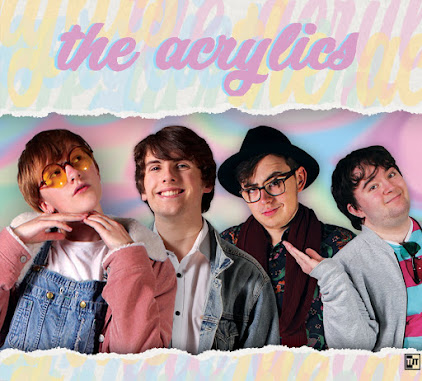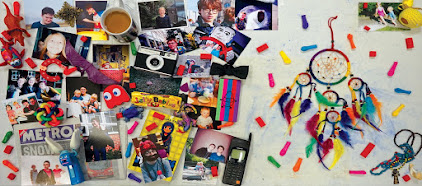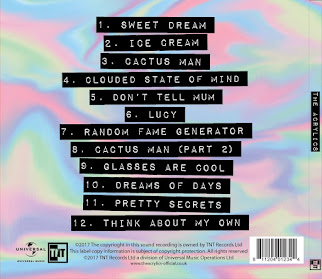This scene from 'The Dark Knight' showcases these three aspects of our mise-en-scène well. At the beginning, the light is only from one lamp, obscuring the room, and subtle zooms and tilts add to the foreboding and dramatic effect. Even when the lights come on, the lighting remains low-key, and we can see how plain the room is. Even though the next part adds more action, the camera remains active, with pans and so on during the shot-reverse-shot. Of course, lighting and setting remain similar even as the clip becomes completely action-orientated near the end. Click to play.
In terms of props, so as not to damage the conventional plainness of the setting, we decided to keep it simple. We have the almost universal table with two chairs, and we decided to have a couple of extra props to aid the narrative. This include a file on a victim, a notebook for the detective, and possibly a few extra props no-one interacts with (such as a clock and an audio recorder) to add to the already conventional setting.
Costume will be used to convey people's roles. The detective will be more conventional, likely in a suit due to his position as someone important and at work, whereas the teens will have clothes that play to their stereotypes, both when they conform and adhere, as well as to keep the film realistic- we will choose things real teenagers would wear, such as jeans and hoodies and so on.
Costume will be used to convey people's roles. The detective will be more conventional, likely in a suit due to his position as someone important and at work, whereas the teens will have clothes that play to their stereotypes, both when they conform and adhere, as well as to keep the film realistic- we will choose things real teenagers would wear, such as jeans and hoodies and so on.
The interrogation scene from 'The Matrix' showcases these two areas well. A folder is used to create tension at the beginning of the scene- Agent Smith also uses his glasses as a prop, giving the audience something to focus on and making the scene more interesting despite the plain surroundings and simple shot-reverse-shot. Agent Smith, as well as his associates, are in control, and are agents of the government doing their jobs, and as such are placed in full suits, whereas Neo is in more casual attire reflecting his position as interviewee. Please note the ending of this clip leans more towards sci-fi. Click to play.
Please note that both of these clips actually contain elements from all five sections in each other despite our focus on only a few each- for example 'The Dark Knight' has Commissioner Gordon in a suit and uses handcuffs as a prop, and 'The Matrix' has dim lighting and a sterile interrogation room. Further, both films being multi-genre and not just pure crime and/or mystery is a good showcase of how conventional these areas of mise-en-scène are in an interrogation scene.
Mise-en-scène is incredibly important to the rest of our project as it is essentially the style of the film, and thus that will seep through into every other aspect from this point forwards, and even to things we've done before this as we refine those ideas. I think we made our decisions well, as conventions seem to support us, and furthermore this style is quite impactful despite its simplicity.




No comments:
Post a Comment